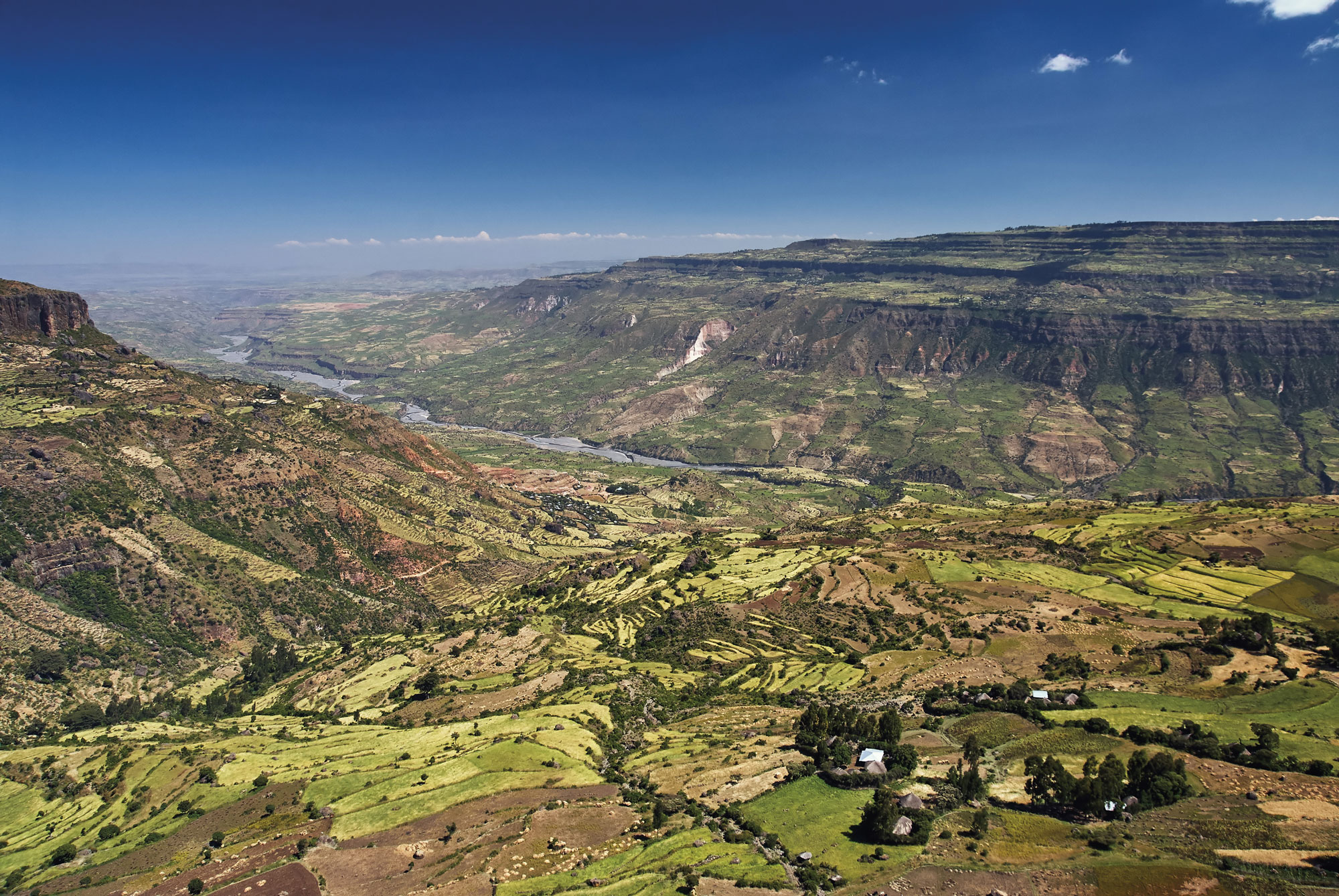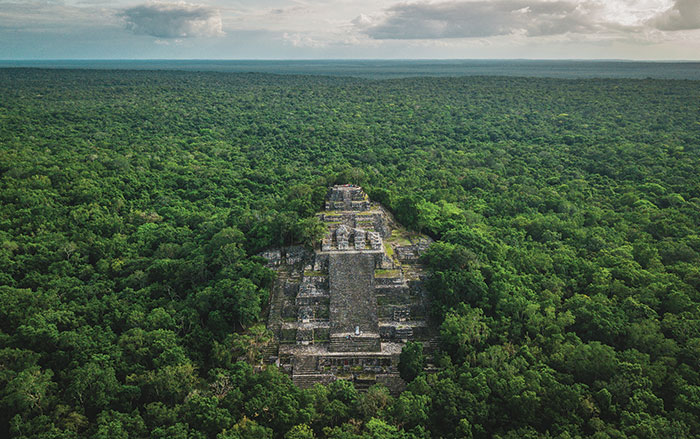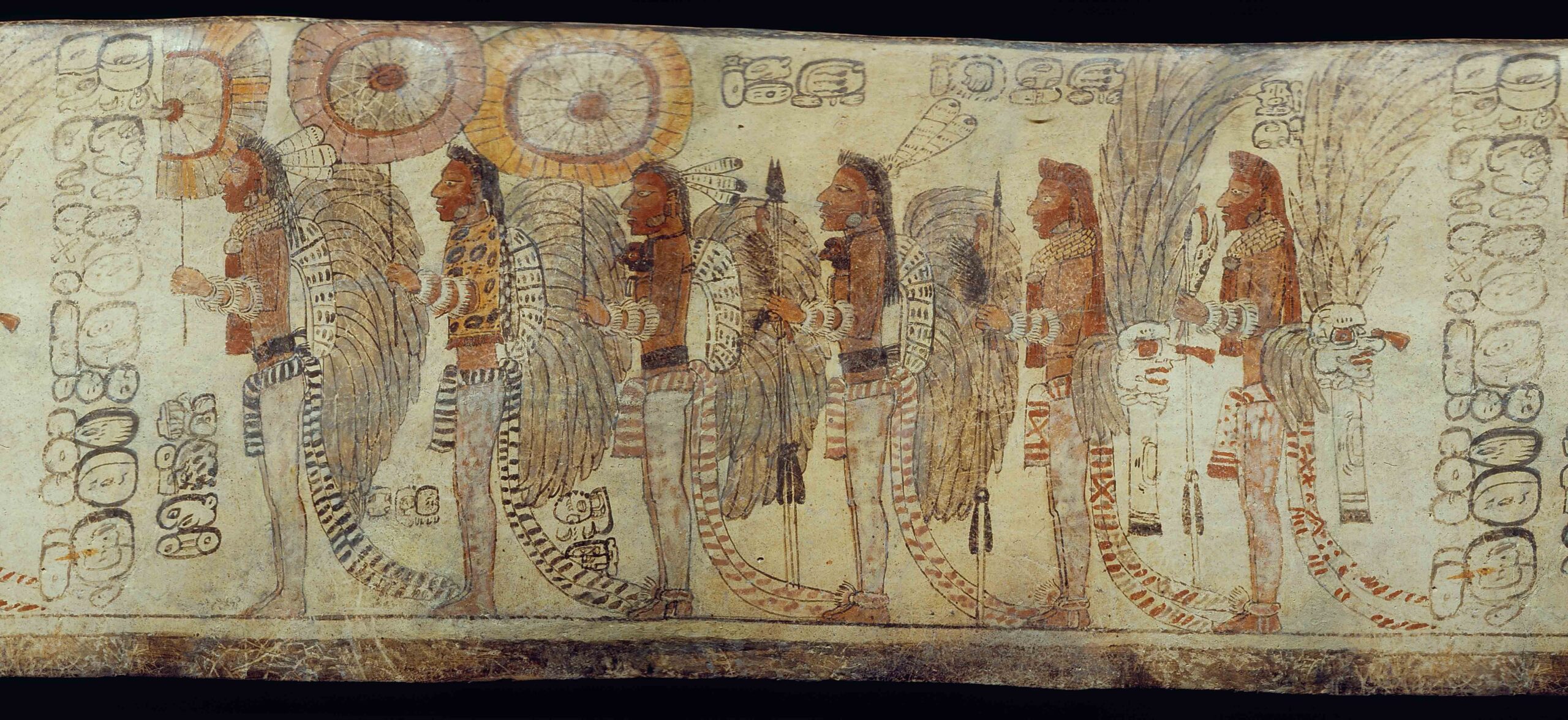
A decade ago, archaeologists might have recorded a dark stain in the soil beneath a ball court dating to the turn of the first millennium a.d. in the ancient Maya city of Yaxnohcah, but it would have yielded little information about Maya ways of life. Now, thanks to the development of environmental DNA—or eDNA—techniques that involve studying traces of plant DNA in soil, a team led by archaeobotanist David Lentz of the University of Cincinnati was able to analyze samples of the stain. The results have revealed that the stain is what remains of an object that must have once held great importance to the Maya. The team discovered that it contains DNA from four plant species the Maya are thought to have employed during rituals. These include jool, a tree whose bark the Maya used for ceremonial wrappings, suggesting the stain consists of the remnants of a medicine bundle. Also present is xtabentún, a plant in the morning glory family that has hallucinogenic properties. “That was very interesting,” says Lentz. “There’s no direct evidence that xtabentún was used by the ancient Maya, even though it is used in southern Mexico today to brew an alcoholic beverage.” The Maya were certainly familiar with the plant, however, as its vines are depicted in illustrations of two gods in the Dresden Codex, a Maya book that was created between 1300 and 1521. The other plants detected in the stain are chili pepper, which has a variety of medical and ritual uses, and chilcahuite, or the lancewood tree, which the Maya used to make spears. Lentz says that could mean the bundle once contained a miniature spear. While the bundle could have played a role in a healing ritual, he believes it’s more likely that Maya priests buried it during a ceremony held some 2,000 years ago to “ensoul” or dedicate the ball court.

The team also extracted plant DNA from the burial of a high-status man. Testing showed that the grave contained significant amounts of DNA from two tree species whose bark was used to make clothes, headdresses, and paper for books. “Any of those would have been appropriate offerings for the burial of a priest or scribe,” says Lentz. He hopes to use eDNA techniques at the Maya city of Calakmul, about 10 miles north of Yaxnohcah, where lidar surveys have identified previously unknown agricultural terraces. Lentz plans to test the fields, as well as what was once Calakmul’s marketplace, for plant DNA. “We’re about to get a completely new picture of how the Maya fed themselves,” he says.














